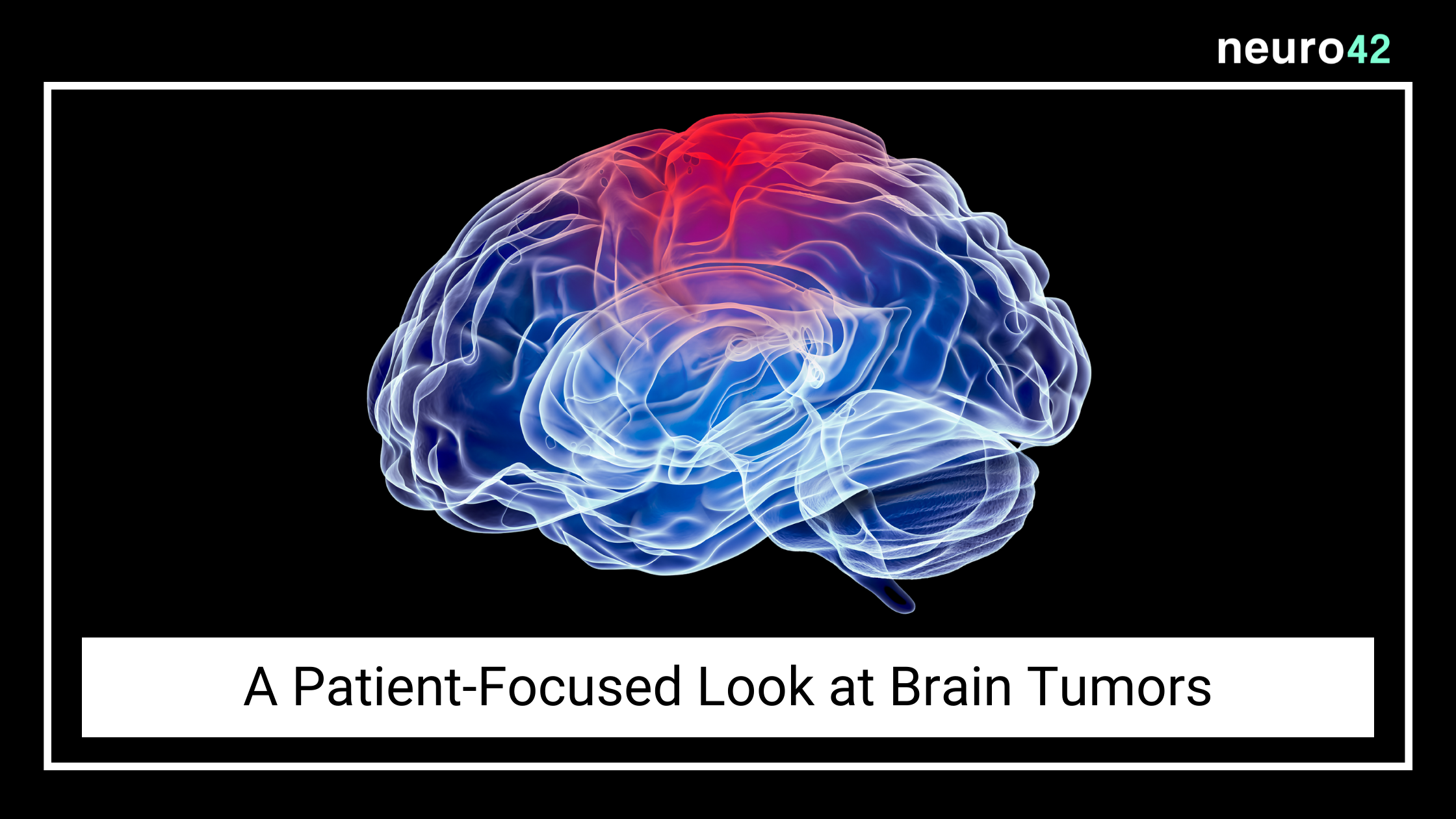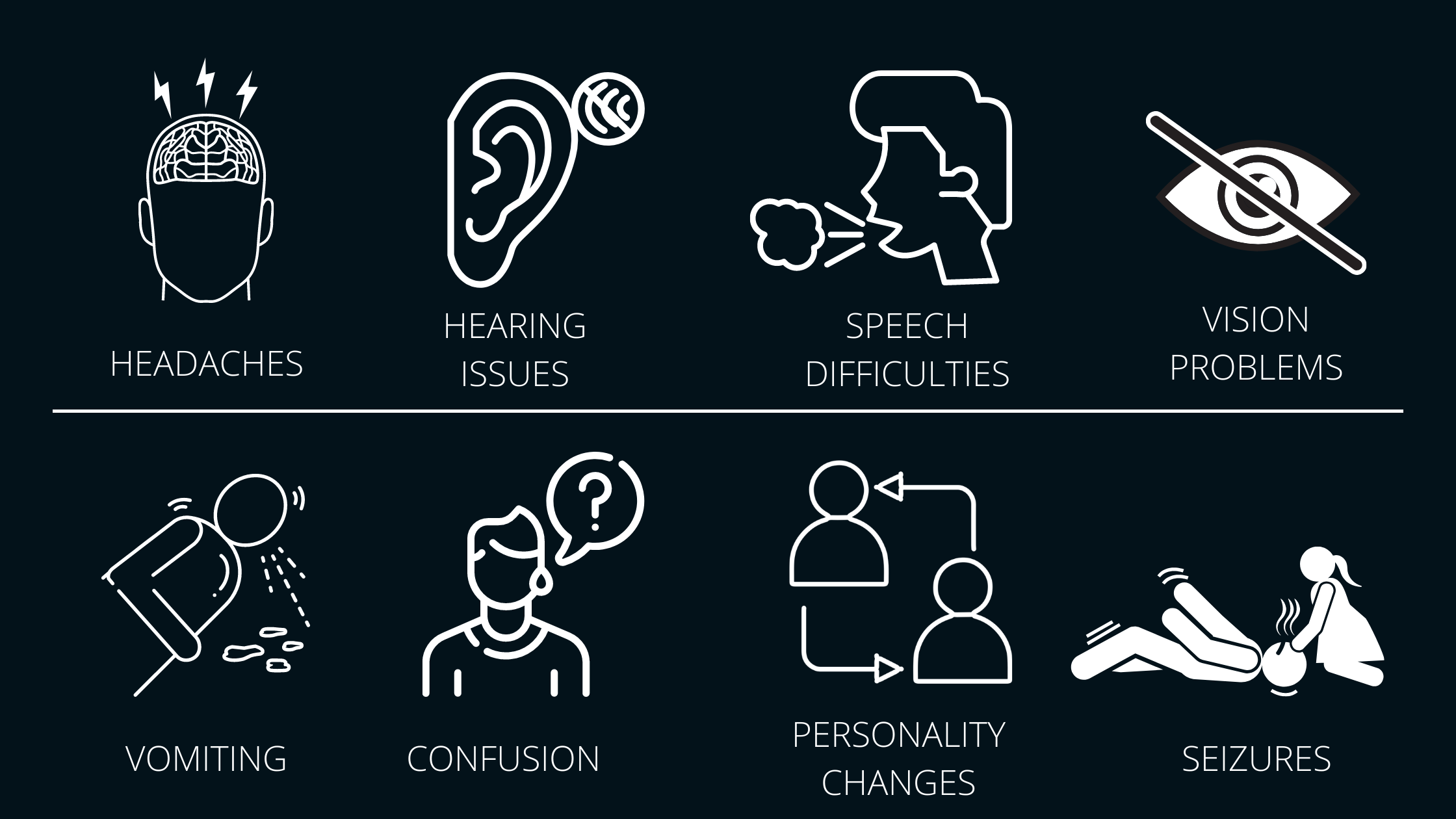A Patient-Focused Look at Brain Tumors

There are just under 700,000 people residing within the city limits of Boston, one of the largest and most well-known cities in the country. We tell you that because 700,000 is a meaningful number—it’s actually the same number of people in the U.S. living currently with a primary brain tumor. Plus, an additional 90,000 or so others will be diagnosed with the condition throughout this year.
Brain tumors affect men and women of all ages, races, ethnicities and religions. They obviously don’t discriminate, but what they do is significantly impact the life of the patient and their friends and families. In the past, we’ve used the neuro42 blog to provide clinical information about brain tumors, like types of tumors, forms of treatment, and the exciting findings and explorations related to brain tumors that are currently underway—but today we wanted to go a different route with details that can impact you on a personal level.

What you may not know about brain tumors
While a brain tumor may sound like an immediate death sentence, that’s not always the case. The most common type of brain cancer, meningioma, accounts for about 30% of all brain tumors. According to Johns Hopkins Medicine, meningiomas are often benign and surgery may not even be necessary. On the other end of the spectrum is glioblastoma multiforme, also known as GBM, which is the deadliest of forms of primary brain cancers.
Though GBM has historically proved fatal within five years of diagnosis in 95% of patients, hope is on the horizon thanks to ,a href=”https://www.nfcr.org/gbm-agile/”>revolutionary research aimed at developing more effective treatments. We understand that the thought of a brain tumor can be terrifying, but the reality is that malignant brain tumors are rare, with the chances of someone developing a malignant tumor in the brain or spinal cord clocking in at less than 1%.

Signs, symptoms and risk factors of brain tumors
For most people, the exact cause of their brain tumor is seldom known. Still, there are a couple different factors that can increase your risk of developing one. Doctors believe those exposed to ionizing radiation and anyone with a family history of brain tumors are more likely to have a primary brain tumor. Secondary brain tumors result from cancer that begins in other parts of the body and spreads to the brain. While any cancer can ultimately spread, or metastasize, to the brain, some of the more common types include breast cancer, colon cancer, kidney cancer, lung cancer and melanoma.
When it comes to signs and symptoms of a brain tumor, the size, location and rate of growth will generally dictate what the patient experiences. Headaches, nausea or vomiting, vision problems, speech difficulties, fatigue, confusion, personality changes, seizures, and hearing issues are some of the more common indications that a brain tumor may be present.

What to do if you think you have a brain tumor
While the symptoms we just listed are commonly experienced, they are far from the only ones someone might have. If you experience a sudden onset of unusual symptoms, especially any of those that we listed, you should consult with your primary care physician immediately. To help with that visit, the National Brain Tumor Society provides a handful of useful tips for talking to your doctor if you suspect a brain tumor.
The organization recommends keeping a notebook to jot down questions, side effects or symptoms, and any supplements or medications you’re taking. Additionally, you should plan (if possible) to bring someone with you to the appointment. One other suggestion is to record your visit with your phone or another audio recorder so you have documentation of what was discussed if you need to refer to something later on that you can’t remember off the top of your head.

neuro42 is improving patient care for those with brain tumors
As a company formed exclusively to focus on brain imaging for the purpose of triaging, screening, diagnosing and intervening in neurological conditions, we feel an obligation to educate readers on how brain tumors can impact their lives. We hope you found this information valuable.
But more than anything, we think we can help people with our technology. It’s our belief we can use our robotics-backed portable head and brain MRI in an intraoperative setting, providing surgeons with more precise surgical guidance than ever before. In turn, the added confidence and precision surgeons receive should tremendously improve outcomes and the lives of brain cancer patients. Learn more about the team at neuro42 that is bringing this vision to life.
